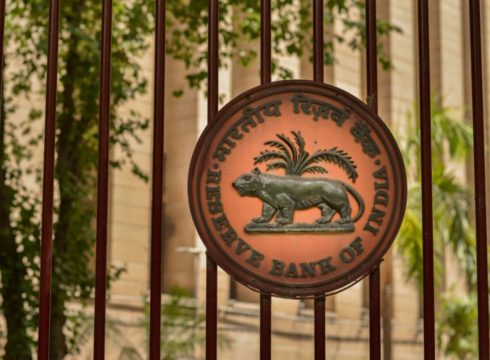SUMMARY
MSME lending will be the theme for the third cohort under regulatory sandbox initiative
RBI has allowed partnership firms and limited liability partnerships to participate in the regulatory sandbox
Regulatory sandbox refers to live testing of new products or services in a controlled environment
Inc42 Daily Brief
Stay Ahead With Daily News & Analysis on India’s Tech & Startup Economy
The Reserve Bank of India, on Wednesday (December 16), announced cross-border payments as the theme for its second cohort and MSME lending for the third cohort under the regulatory sandbox initiative.
Commenting on the same, RBI said that India is the largest recipient of inbound remittances across the globe, accounting for 15% of the global share. India received $83 Bn in 2019 and $27.4 Bn in the first half of 2020.
“Further, the daily average turnover of OTC foreign exchange instruments in India is approximately $40 Bn. The Cohort is expected to spur innovations capable of recasting the cross-border payments landscape by leveraging new technologies to meet the needs of a low cost, secure, convenient and transparent system in a faster manner,” RBI said.
The central bank has also relaxed the eligibility norms for applicants for the initiative. RBI has reduced the net worth requirement from INR 25 Lakh to INR 10 Lakh, and has allowed partnership firms and limited liability partnerships to participate in the regulatory sandbox.
“Entities meeting the eligibility criteria and having products technologically ready for testing in the RS [regulatory sandbox] and or deployment in the broader market, as per the theme of the cohort, may apply,” RBI added. The applications will be open from December 21 to February 15.
Regulatory Sandbox Enables Live Testing
RBI’s regulatory sandbox refers to live testing of new products or services in a controlled or test regulatory environment for which regulators may (or may not) permit certain regulatory relaxations for the limited purpose of the testing.
The regulatory sandbox allows the regulator, innovators, financial service providers and customers to conduct field tests to collect evidence on the benefits and risks of new financial innovations, while carefully monitoring and containing their risks.
It can provide a structured avenue for the regulator to engage with the ecosystem and to develop innovation-enabling or innovation-responsive regulations that facilitate the delivery of relevant, low-cost financial products.
The objective of the regulatory sandbox is to foster responsible innovation in financial services, promote efficiency and bring benefits to consumers. Innovators and fintech startups can improve their understanding of regulations that govern fintech offerings and shape their products accordingly.
Notably, the companies going live through regulatory sandbox are not liable to any legal waivers and would be held responsible for any consumer losses that might be incurred during the testing period.
From Retail Payments To MSME Lending
RBI had announced its first cohort of regulatory sandbox last year, under the theme retail payments. “The adoption of ‘Retail Payments’ as the theme is expected to spur innovation in digital payments space and help in offering payment services to the unserved and underserved segment of the population,” the apex bank said.
In November 2020, RBI announced that it has received applications from 32 entities for the first cohort. Of this only six were selected for the test phase. While two entities started their test phase on November 16, the remaining are expected to do so shortly.
Note: We at Inc42 take our ethics very seriously. More information about it can be found here.


